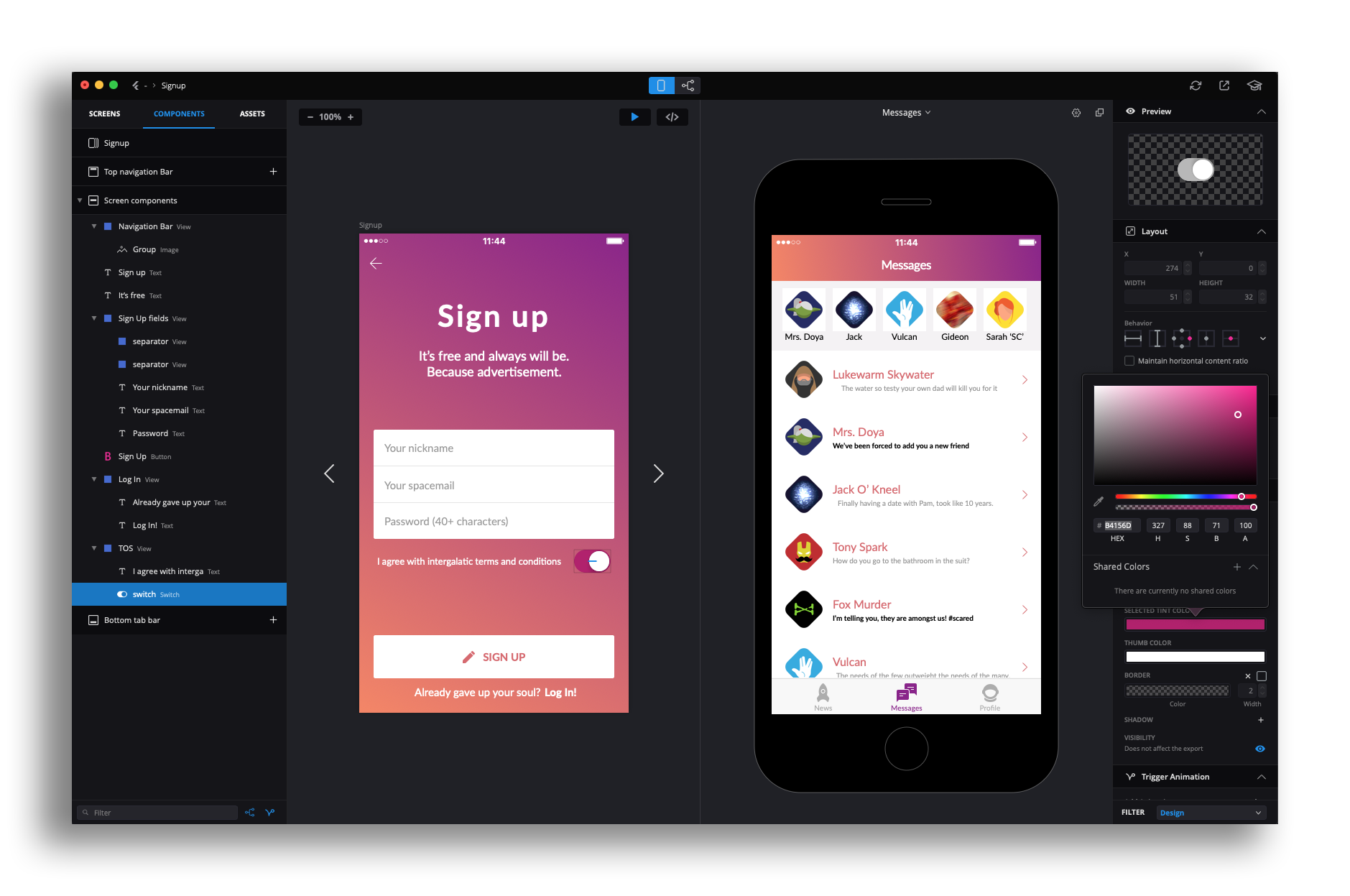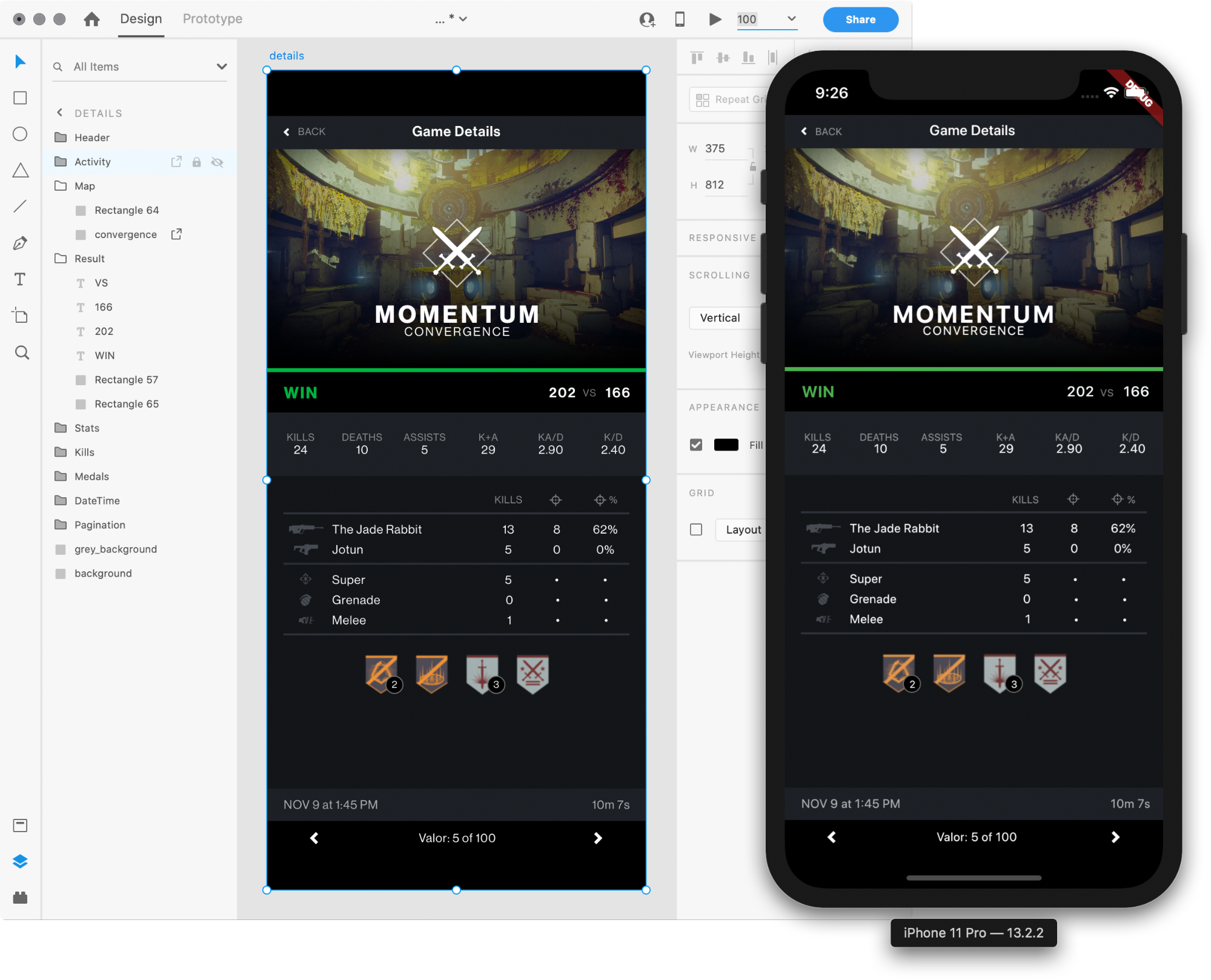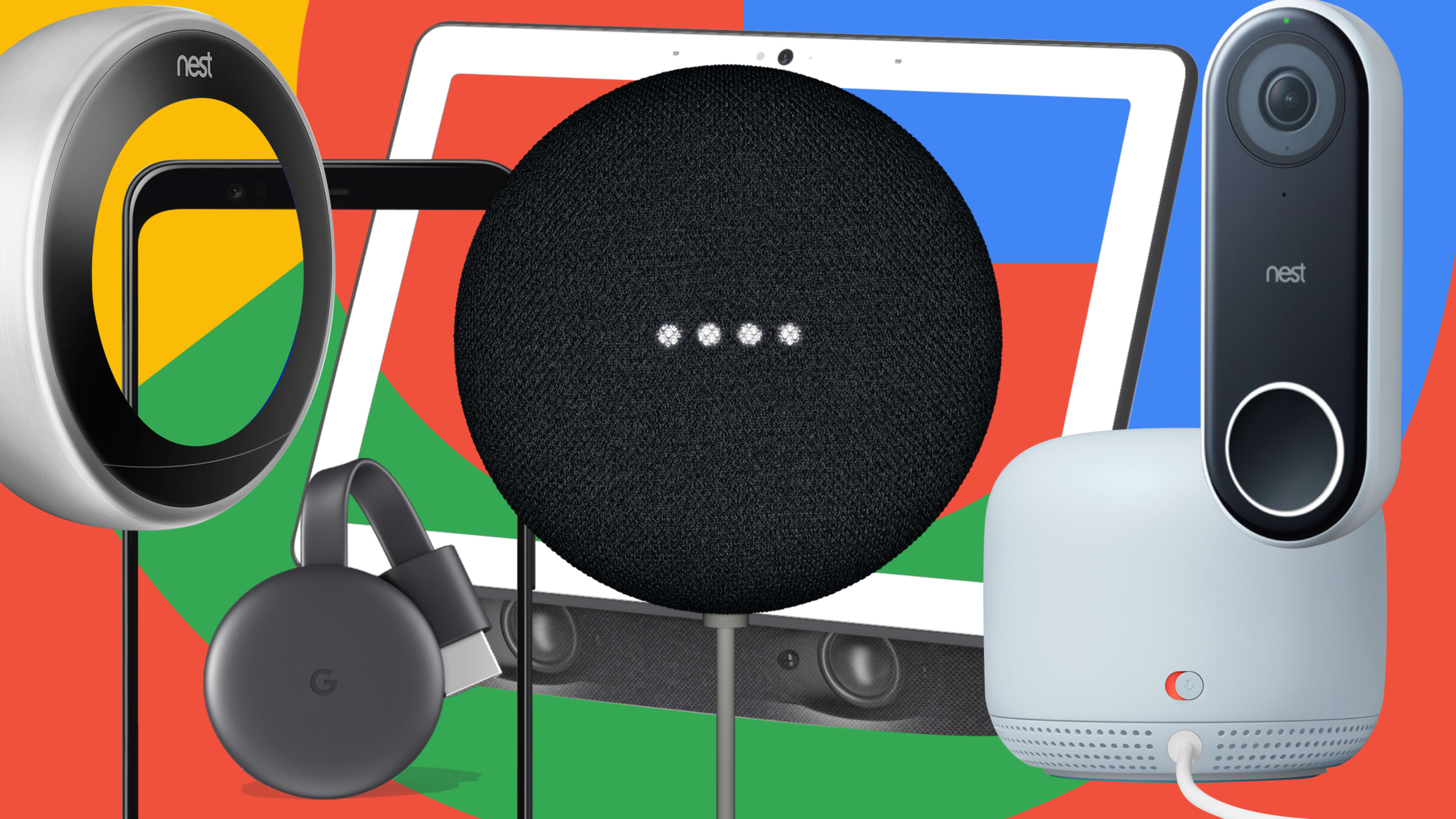More than any designer this side of Cupertino, Matias Duarte has made phones easy to use. During his tenure at Google—first overseeing the design of Android—the vice president of design watched Google’s operating system capture more than 85% of the global smartphone market. Duarte has likened his own work in mainstreaming these addictive devices to that of an arms dealer—”I just make the guns! I didn’t make you guys shoot each other!”—but he’s also not slowing down.
After pioneering Material Design—a user interface metaphor that’s helped de-uglify and unify Google’s products—he’s here to stump for a new vision of Google’s computing future, one that extends well beyond the smartphone. “We’ve been calling this idea ambient computing,” says Duarte. “Where you are able to reach services wherever you are.”
Ambient computing—also dubbed ubiquitous computing or calm computing—isn’t a new idea. It’s simply the premise that, eventually, computer interaction will reach beyond our devices into the environment around us.
The news of today is that Google is repositioning an open source technology it developed called Flutter to have a bigger scope. It’s a software development kit that allows designers to build an app UI just once, and then use that UI on platforms like Android, iOS, or the web without needing to rebuild it or recode it. Flutter allows rich, animated interfaces to be transferred between devices—which has led a million developers to adopt it since 2018. If you’ve played the New York Times crossword puzzle on a phone, or tried Realtor.com’s app, you’ve experienced Flutter without even realizing it.

But whereas Flutter once connected apps across phones and laptops, now, Google is positioning Flutter as the user interface platform to power ambient computing. Basically, Google wants to make Flutter the gateway to building the digital interface of the world itself.
An idea decades in the making
Ambient computing as an idea can be most easily traced back to the late ’80s at Xerox PARC, where the late researcher Mark Weiser proposed that, instead of computers that glued us to our desks, “The most profound technologies are those that disappear. They weave themselves into the fabric of everyday life until they are indistinguishable from it.” He imagined, and began prototyping, a digital world connected by wireless frequencies, tracking and reacting to our needs, and answering our queries through conversation rather than graphic interface. One of his group’s most notable projects was developed by artist Natalie Jeremijenko. Called Dangling String, it was an eight-foot-long plastic wire that whirled in concert with increased network traffic—a quiet manifestation of the digital world.
Weiser passed away too early, at age 46 in 1999. And many of his ideas were thought-subverted by the rise of smartphones (though to be fair, he predicted those, too). Why would an environment need to be intelligent or a digital experience barely visible, if you could just carry an internet-connected supercomputer around in your pocket?
But now, the world is catching up to Weiser’s thinking. Amazon and Google both make voice assistants, along with their own automated camera systems to monitor your home. Google’s vice president of Hardware Design Ivy Ross has told me that the built environment is the next great frontier for her design department; this year, she demoed a concept, which showed users their biometric response to environments filled with different scents, colors, and furnishings. Google’s design team reaffirmed the company’s interest in building hardware for ambient computing at its 2019 Google I/O conference in May.
The missing piece: a UI framework
Now, crucially, Duarte is rounding out the narrative for Google from the standpoint of user interfaces, explaining how he wants to see the company push ambient computing forward by providing a user interface framework for it. “We, as Google, see we’re at the cusp of a new type of digital transformation. In the same way previously our digital lives were locked in the desktop, and they changed very radically when digital lives became mobile…we feel as a company as a whole that there is a new one of these transformations [now],” Duarte says. “Unlike the previous transformations that are characterized by a single device or interaction, we’re seeing a…mass of the devices of the past and future, creating a continuous digital canvas that surrounds people.”
In other words, it’s Android phones. And Google Nest assistants. And Google Project Jacquard smart jackets. And who knows what else from other companies. All of this stuff needs an interface to connect the human to the computer, and much of it will need a customized graphic user interface. That’s where Google wants Flutter to go next. Your company’s app can live on a TV screen, or a refrigerator, or a projection on the sidewalk, if it adopts Flutter.

Flutter is open source, so there might not be a clear path to monetization for Google. Yes, Android owns over 80% of the smartphone marketshare. Technically. But Android has been repurposed by handset manufacturers like Samsung to be theirs, not Google’s. As Frank Gillett, vice president and principal analyst at Forrester, recently put it to me: “Google does not have visibility to a major chunk of Android. They have zero visibly to all Android in China, and a significant chunk of emerging market Android…Google’s relationship through the phone is terrible. They have an incomplete view, and they don’t know what they don’t know.” That’s why Google launched the Pixel, its true, own smartphone, which owns a mere 2% or so of the U.S. smartphone market. So as with Android, Flutter can become the de facto UI framework that isn’t owned by Google alone. But obviously Google’s entire business model, ultimately built on ads served from deep data tracking, has a lot to gain from connecting more and more objects in our lives to the internet.
In any case, as Duarte tells me, he recognized the need for something like Flutter roughly a decade ago. Vision videos, by companies like Apple and Microsoft, often have teased this ambient computing future world, where someone might wake up in the morning, talk to their computer to finish a report, check the weather on their bathroom mirror, then drink a coffee that’s automatically been brewed for them. “Everyone else would get so excited about these videos, and I was sitting there writing down, ‘two more designs for this…that’s another display–how many designers for that?'” Duarte laughs, critiquing the sheer manpower it would take to make these concepts come to life. “And I realized there was no way that continuing to do things the way we did in the past, starting with a [single] device framework, could ever bring us to that future.” Put another way: a world in which everything is connected needs a lot of designers to thread it all together. Too many, designers, in fact, to make it possible. That’s where Flutter comes into play. As a framework, it reduces the need for designers to individually code each display.
Ambient computing does not equal quiet computing
In many ways, the world Google has enabled so far is anything but the quiet computing imagined by Weiser. Just using smartphones is making us measurably less happy.
When I ask Duarte if Google’s vision of ambient computing will be “quiet” as Weiser imagined, he stands firm that the phones and other devices we have today aren’t going anywhere. It’s just that Google wants to connect more to this existing network.
“I feel like we, as technologists, sometimes succumb a little, too, and fall a little too in love with, the idea of transformative revolutions where the old is gone and replaced with the new better on every axis,” says Duarte. “What I found in my experience was the growth of computing and these platforms has been one that’s more additive.” He points to the PC terminal command line as being the origin of working on a computer. Even though we have loads of beautiful software to use on mobile devices, coders still turn to this command line for its sheer efficiency. Similarly, even though we have smartphones, we still use laptops. Even though we have video chat, we still text.
“I see that [same evolution] happening as part of this ambient growth,” says Duarte. “We see more quiet computing moments, more voice command, more simple suggestions—things coming up on smart displays. But I don’t think that’s to the exclusion or replacement of all other types of experiences. You’ll see a continuum to things . . . finding their natural interface.”
Flutter’s new north star of ambient computing wouldn’t mean all that much on its own, but it cements a fresh focus for Google that the company stressed time and time again in 2019. Ambient computing will have vast consequences on our lives. Whomever wins in this space will ensure its products are more baked into our world than any technology ever before. And while that will certainly be convenient, to many, these surveillance technologies already feel more than a little too close for comfort.
Recognize your brand’s excellence by applying to this year’s Brands That Matter Awards before the early-rate deadline, May 3.
